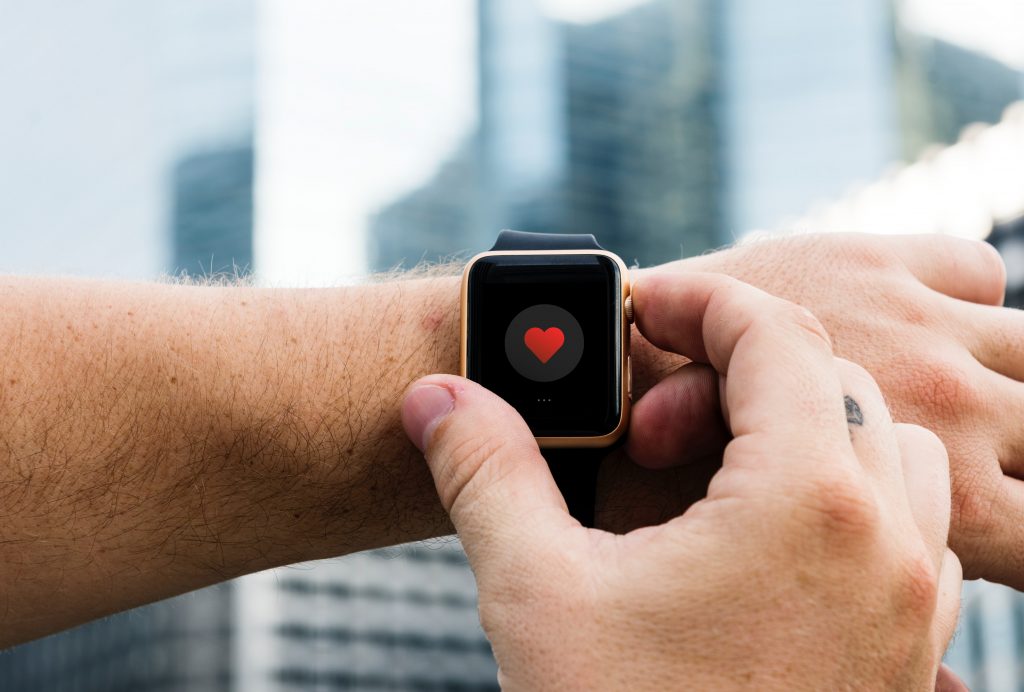
The concept of precision medicine has been defined as a set of prevention and treatment strategies that take individual variability into account. The aim is to provide the right treatment to the right patient at the right time on the grounds that this will both improve outcomes for patients and make the whole system more efficient.
The approach clearly has implications for public health and the term precision public health has inevitably been coined to describe the application of this thinking to population health.
Approaches to precision public health
One version of precision public health is all about sorting people into more precise groups according to their risk for common conditions, such as cardiovascular disease (CVD) or cancer. New risk scores for CVD are now appearing based on whole-genome association studies from very large cohorts such as UK Biobank, and these appear to perform better than existing scores. However, the new polygenic risk scores are not yet routinely available and documenting risk is only of value if that risk can then subsequently be mitigated. We do not yet know if these scores can be used to improve outcomes.
Critics of this form of precision public health point out that many determinants of health do not operate at the level of individuals and that problems such as air pollution or social inequalities require interventions at the level of whole communities or even nationally. That said, we know that early diagnosis is the key to better outcomes in many cancers. It would seem highly likely that better understanding of determinants of individual risk will lead to more effective prevention in the long run.
A second more expansive version of precision public health is about the use of data and analytical techniques to design and implement interventions that benefit whole populations. This version emphasises the use of sophisticated surveillance and modelling and has been promoted by the Bill and Melinda Gates Foundation. It is certainly appealing and is typified for example by the recent Global Burden of Disease study and much of PHE’s work on infection control and health improvement.
The era of precision public health is upon us and we all need to become familiar with the concepts. In addition (as the Topol review on the future of the healthcare workforce is likely to report next year) the public health workforce, like others in the health sector, needs to upskill in the areas of data science and digital delivery as these are the shiny new tools in the precision public health toolbox.
Predictive prevention in the context of precision public health
The Secretary of State for Health & Social Care, Matt Hancock, outlined a specific example of precision public health in his recent speech - Prevention is Better than Cure - which promoted PHE’s work on predictive prevention. This involves the careful, targeted and consensual use of data to provide digitally-enabled health improvement interventions in a way people are most likely to engage with and act on.
This type of digital engagement is a sophisticated and unobtrusive approach that is widely and effectively used in other sectors to connect people with the services and products they are most likely to want and need. It’s only natural to consider how this technology can be harnessed in public health. It fits very well with the general trend in public health as we take advantage of better data and scientific evidence to be more precise and efficient in everything we do.
Predictive prevention does not replace existing public health interventions at population or community level – but it does build on existing data-driven targeting techniques and channels to add another dimension of deeper customer engagement. By continuing to combine behavioural science and digital innovations, we can actively encourage people to make healthier choices and take greater responsibility for their wellbeing.
Grasping the opportunity
PHE will bring together a range of experts to build, evaluate and model different approaches to predictive prevention at scale.
A fully digital public health system could better anticipate the public’s needs, and provide personalised tools to help people live healthier for longer.
Whilst digital interventions will not be a panacea, by building on the existing expertise in the UK and the evidence we’ve seen from other countries, we see digital playing a crucial role in bringing revolutionary changes to how people are supported to live healthier lives.
Predictive prevention will play a major part in building this, using our existing ways of promoting better choices and better health – but also driving further innovation as technology develops.
Using personas to design tailored digital interventions

The best way to design for everybody is to gain a deep understanding of people – the actual users of our digital services. We can then precisely tailor our offering, using tools and formats that meet people’s needs, work with their motivations and help overcome their challenges.
One way of articulating these insights is through ‘personas’ – user profiles which describe the attributes of the groups they represent, including their social and demographic characteristics, motivations, habits and cultural backgrounds.
The interventions we design using personas may be delivered through digital platforms, apps, or a wearable device like a smart watch – but by understanding people in this way, we can make sure we always use the best approach for our users’ needs. Some examples are below:
Helping people in real time
Since becoming unemployed twelve months ago, David spends most of his time, when not looking for work, playing computer games and on social media. He self identifies as having issues with sleep and chooses to share screen time and sleep data with our digital service that helps people manage their sleep condition. This data, appropriately safeguarded, is used to provide self-help digital tools on how David can, on a typical late night, manage the thoughts racing through his mind.
Using text messaging for urgent advice
Sharmi is a journalist and has just returned to the UK from an area in Africa where malaria is endemic. As soon as she pulls up from the airport in the taxi, she gets a text reminding her of the importance of finishing the full course of her antimalarial treatment. She is initially annoyed at the reminder but when she can’t find her tablets in her suitcase, she pops to the nearest travel clinic to pick up more pills so she can finish her course.
Personalising messages
Ron is a 60 year-old plumber who is overweight and smokes. He is finding it more difficult to keep up with the physical demands of his job. At his son’s suggestion Ron begins using a "digital lifestyle manager" which helps Ron with personalised recommendations on stopping smoking, diet and exercise, designed to fit around his preferences work and life.
It is embedded into his daily schedule and helps him to track his personal progress. With appropriate safeguarding and consent, it integrates personally generated data into his GP’s records. This additional information helps his GP make decisions about use of statins or antihypertensive drugs. Predictive analytics are then used to provide tailored advice and guidance on other lifestyle changes Ron could make.
Using social media to guide people to prevention services
Jess, from Liverpool, is a 47-year-old team leader in a high street shop and is at risk of developing CVD. Jess has been engaged to join a prevention programme through a direct message she received on social media following a campaign. She is encouraged to record and upload her own data prior to her appointment – including physical activity data, height and weight, smoking and alcohol use, and stress levels.
She attends a health check at a pharmacy on the high street where she works. Using the data she has provided, Jess is directed to a range of effective interventions. These are related to her cardiovascular health, but she’s also invited to consider other relevant interventions, like Type 2 diabetes prevention.
Find out more about the government's vision for putting prevention at the heart of the nation's health. Read the collection of case studies, showing examples of good practice in preventing health problems from happening.

3 comments
Comment by Andrew Whitehead posted on
I am particularly interested in the sentence "PHE will bring together a range of experts to build, evaluate and model different approaches to predictive prevention at scale." How is PHE planning on building a range of experts?
Comment by BlogEditor posted on
Hi Andrew, we intend to work closely with partners across the health infrastructure, local government and the private sector to deliver this at scale. Any new work in this area will be advertised openly through crown commercial services digital marketplace.
Comment by Guillermo Chussir posted on
i'm really looking forward to this.
Cost of healthcare is becoming an issue in the developed and emerging countries.